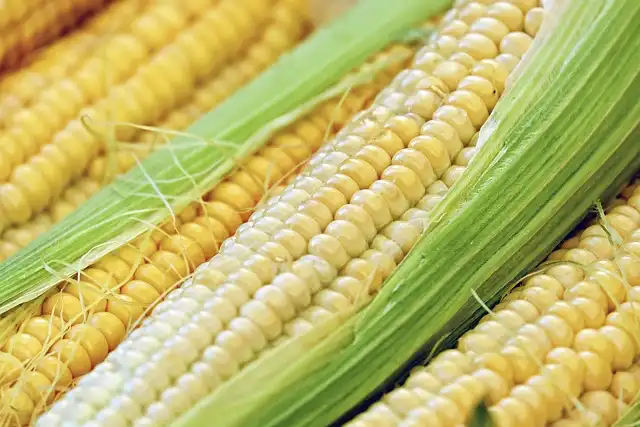Plant trichomes are highly specialized structures that develop from the epidermal pavement cells of different plant tissues. They are known to defend plants from biotic and abiotic stresses such as water loss, insect-inflicted damage, pathogen attacks, deadly ultraviolet radiation, and leaf temperature reduction. Although they are known to be high-value agronomical traits, their accurate phenotyping is restricted by tedious and time-consuming manual counting methods, required for thousands of samples. As a result, only a few genes regulating trichome formation in monocots have been identified and cloned so far.
Now, however, the development of computer vision and artificial intelligence has evinced hope of improving plant trait recognition. Convolutional neural network (CNN)-based approaches have enabled the successful extraction of plant organs and the study of their characteristics. Nonetheless, fully automated methods for maize trichome recognition are lacking. Addressing this gap, a research team from China recently utilized computer vision, artificial intelligence, and deep learning techniques to develop an automatic algorithm to count and measure maize trichomes. The study was led by Professor Yanli Lu of Sichuan Agricultural University, and was published online in volume 5 of Plant Phenomics.
Elaborating on the new tool, Prof. Lu says, “Manual phenotyping of trichome counts is a laborious task with a high risk of errors, let alone measurement of trichome length. In this study, we introduce TrichomeYOLO, a high-precision automated maize trichome counting and measuring method that uses a DCNN to identify the density and length of maize trichomes from scanning electron microscopy (SEM) images.”
To begin, the team used YOLOv5, a one-stage detection-based neural network as the base model to design the algorithm. Next, they integrated Transformer—a classic natural language processing model designed by Google in 2017—and embedded a bidirectional feature pyramid network into the model to facilitate trichome detection and quantification.
To determine the identification accuracy of the developed algorithm—TrichomeYOLO, the researchers analyzed a total of 9,614 SEM images captured from a natural maize population growing in temperate, tropical, and subtropical areas. A total of 1,000 images were randomly selected and split into two groups, with 70% for training and 30% for validation.
The results were encouraging, with the algorithm yielding average precision and recall rates to the tune of 92.1% and 93.2%, respectively. Upon comparing the number of trichomes measured using manual counting and TrichomeYOLO-based automatic counting in 500 randomly selected images, the team found a square of the correlation coefficient (R2) of 0.98% and a mean absolute percentage error of 4.25%, both of which underscore the high efficiency of TrichomeYOLO.
To further assess the performance of TrichomeYOLO, five popular object detection models, viz. Faster R-CNN, YOLOv3, YOLOv5, DETR, and Cascade R-CNN were used to identify trichomes in 100 randomly selected images from an unknown dataset. TrichomeYOLO significantly outperformed all five mainstream object detection models by reaching the highest detection accuracy, for the same set of images.
Discussing the implications of these findings, Prof. Lu says, “We believe that the contribution of this study is not only TrichomeYOLO but also to provide breeders with a new and improved phenotyping method for long-term ignored traits. We will provide all the images we collected and the corresponding manual annotations to facilitate research on plant trichomes.”
Though further research is necessary to ensure the consistent accuracy and finetune the model parameters, TrichomeYOLO paves the way for efficient automated trichome detection and quantification. Kudos to the research team for this spectacular achievement!
Read the paper: Plant Phenomics
Article source: NanJing Agricultural University via Phy.org
Image: close-up photo of an ear of corn. Credit: Couleur / Pixabay






